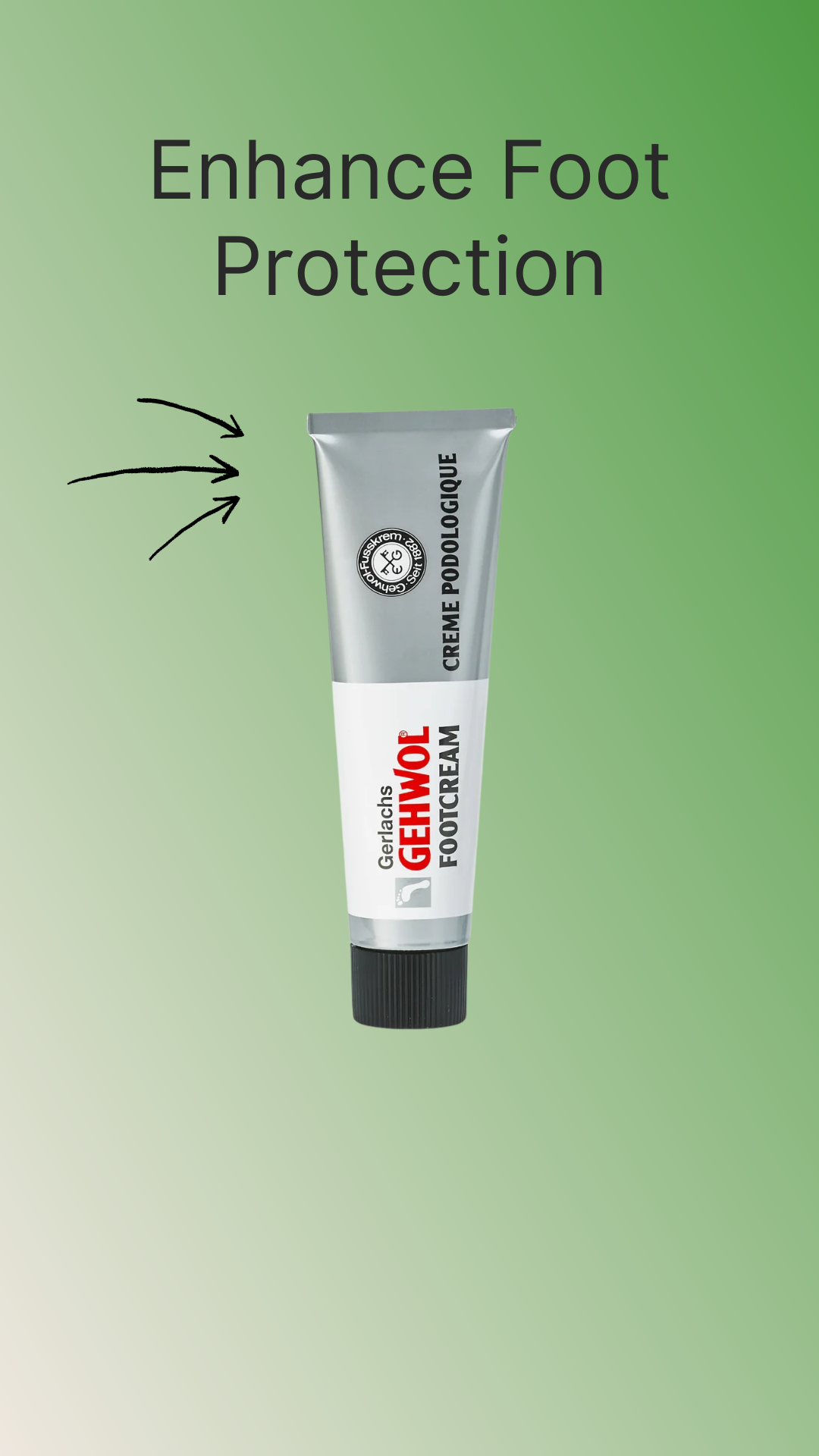Bunions are one of the most common foot problems in the UK, especially among older adults and women. They form when the big toe joint shifts out of place, creating a bony bump on the side of the foot. This can cause pain, swelling, and difficulty wearing standard shoes.
The right orthopedic shoes can make a big difference by easing pressure, preventing irritation, and allowing more natural movement. In this guide, we’ll explore the best shoe features for bunions and how supportive footwear helps reduce discomfort.
What Causes Bunions?
-
Genetics and family history
-
Wearing narrow or pointed shoes over time
-
Arthritis in the foot joints
-
Flat feet or poor alignment
-
Previous injuries to the foot

Key Features of Shoes for Bunions
Wide Toe Box
Provides space for the bunion, reducing friction and pressure.
Soft, Stretchable Uppers
Adapt to the shape of the foot without squeezing the bunion.
Cushioned Insoles
Add comfort and reduce pressure on sensitive areas.
Extra Depth Options
Allow room for swelling and custom orthotics.
Non-Slip Soles
Help maintain stability and safe walking.
Why Orthopedic Shoes Are Best for Bunions
-
Pain Relief – Reduced friction around the bunion joint.
-
Improved Comfort – Soft leather and cushioned interiors ease pressure.
-
Better Fit – Wide and deep options accommodate different foot shapes.
-
Joint Protection – Rocker soles and alignment support reduce stress.
-
All-Day Wearability – Lightweight, breathable materials for daily comfort.
Everyday Tips for Managing Bunions
-
Choose wide-fit shoes instead of narrow or pointed styles.
-
Apply ice to reduce inflammation after long walks.
-
Wear protective pads to cushion the bunion.
-
Stretch and strengthen foot muscles regularly.
-
Replace worn-out shoes that no longer provide support.
Final Thoughts
Bunions can make finding the right shoes difficult, but orthopedic footwear offers practical relief. With wide toe boxes, cushioned insoles, and supportive soles, the best orthopedic shoes for bunions in the UK provide all-day comfort while protecting your feet.
Investing in supportive shoes isn’t just about comfort—it’s about long-term foot health.



